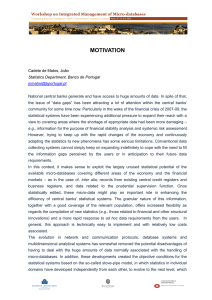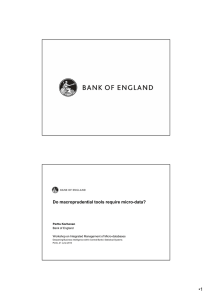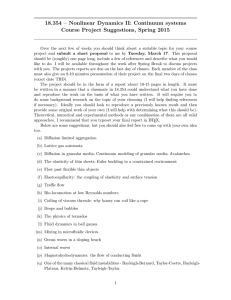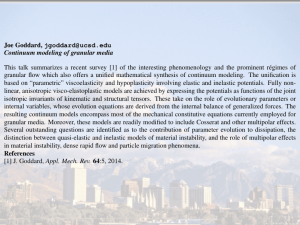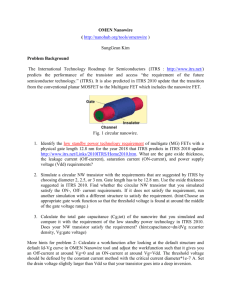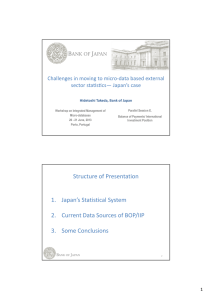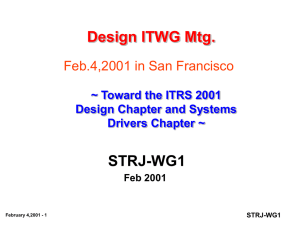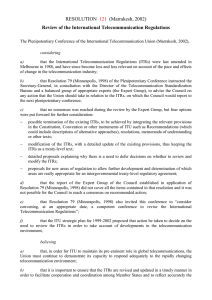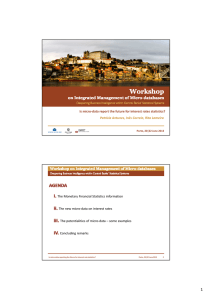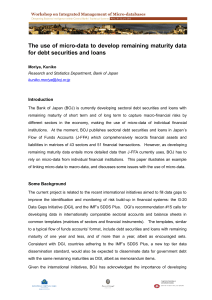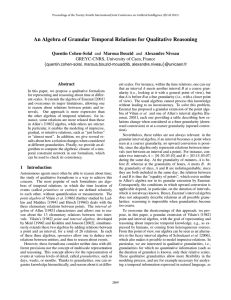Challenges in moving to micro-data based external sector – Japan’s case statistics
advertisement
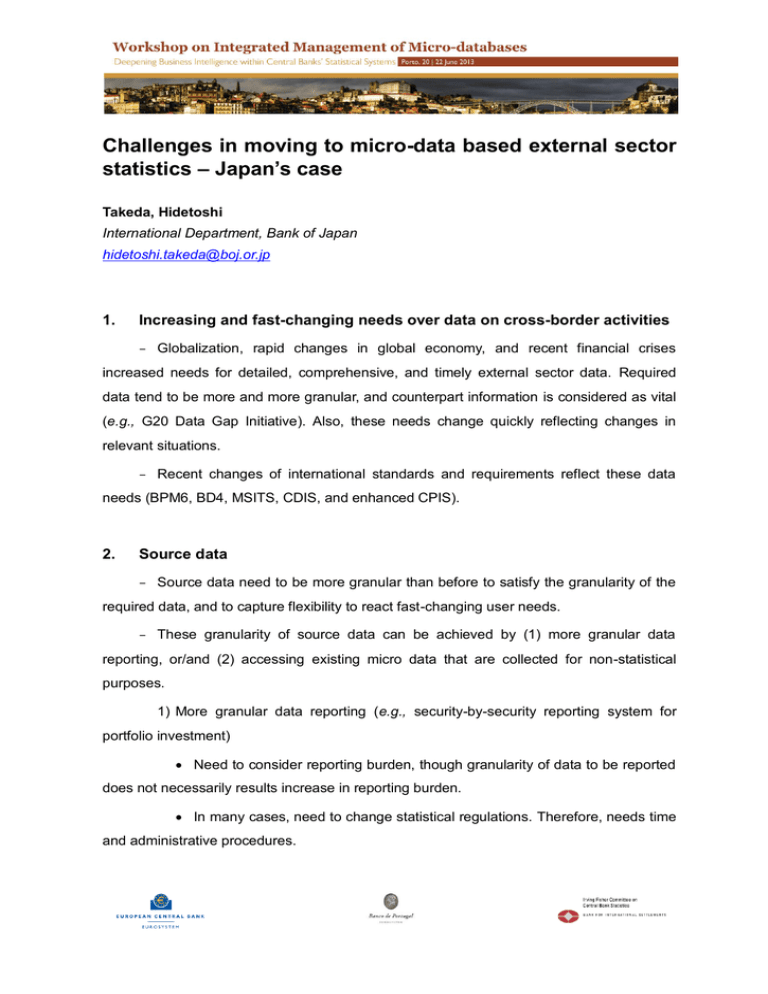
Challenges in moving to micro-data based external sector statistics – Japan’s case Takeda, Hidetoshi International Department, Bank of Japan hidetoshi.takeda@boj.or.jp 1. Increasing and fast-changing needs over data on cross-border activities − Globalization, rapid changes in global economy, and recent financial crises increased needs for detailed, comprehensive, and timely external sector data. Required data tend to be more and more granular, and counterpart information is considered as vital (e.g., G20 Data Gap Initiative). Also, these needs change quickly reflecting changes in relevant situations. − Recent changes of international standards and requirements reflect these data needs (BPM6, BD4, MSITS, CDIS, and enhanced CPIS). 2. Source data − Source data need to be more granular than before to satisfy the granularity of the required data, and to capture flexibility to react fast-changing user needs. − These granularity of source data can be achieved by (1) more granular data reporting, or/and (2) accessing existing micro data that are collected for non-statistical purposes. 1) More granular data reporting (e.g., security-by-security reporting system for portfolio investment) Need to consider reporting burden, though granularity of data to be reported does not necessarily results increase in reporting burden. In many cases, need to change statistical regulations. Therefore, needs time and administrative procedures. 2) Access to existing micro-data collected for non-statistical purposes (various administrative records, such as tax records, and supervisory/regulatory data). Need to prepare legal framework for the data sharing. The data sharing needs to be understood and accepted by general public. 3. Japan’s current situation 1) Data reporting system − Mixture of ITRS and direct reporting. Direct reporting gather mostly aggregated data. Micro data can be obtained via ITRS reports. − No s-by-s reporting system for portfolio investment. 2) Access to existing micro-data collected for non-statistical purposes − Very limited. Public institutions usually very reluctant to share their data with other institutions for statistical purpose. − General public also do not expect the administrative data related to theirs are used by other institutions beyond the primary purpose. 3) Some backgrounds − Highly de-centralized statistical system Most public institutions compile statistics, but they have been little experiences to cope with each other. Most of these statistics are compiled for the compiling institutions themselves. Legal base for these statistics are prepared only for the compiling institutions. Confidentiality requirements for each of such statistics prevent data sharing with other institutions. − BOJ, which compiles most of external sector statistics, is under the same situation as other public institutions. No access to most of administrative records, including tax records, and supervisory/regulatory data. 4. Way forward − Unrealistic to make total review within a short period. Maybe 10-year-project. − Without control tower of overall statistical system, challenges only by external sector compiler may face difficulties. 2 − Strategies for the foreseeable future could be; 1) Make use of ITRS Micro-data on the transactions of individual company can be obtained via ITRS report. A database of such information would be useful. 2) Introduction of s-by-s reporting system for portfolio investment. Big challenge, but can put the target at the time of introducing the BPM7. Start study on pros and cons, communication/education of users now. 3
